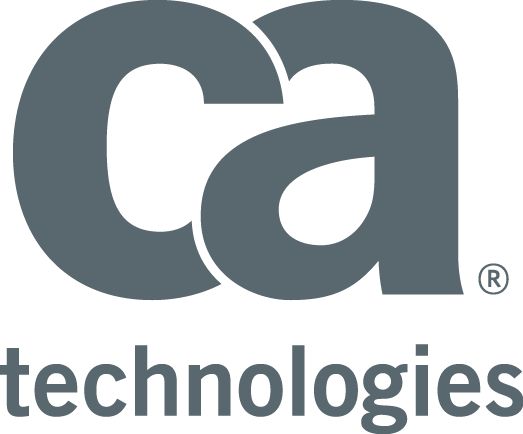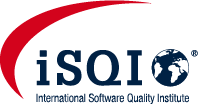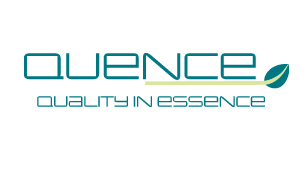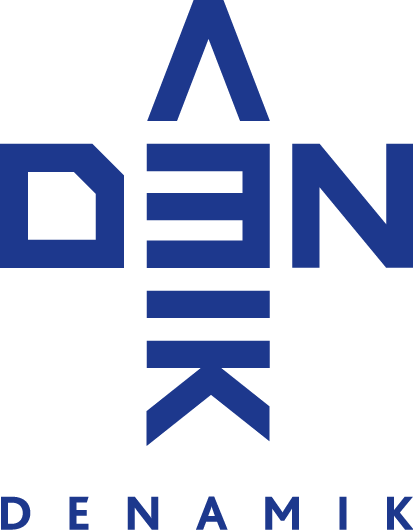Measurements & Metrics for making good Testing Decisions - A practical workshop for controlling your Testing and Quality
Abstract
“If you can’t measure it, you can’t manage it.”- said Peter Drucker. As test professionals, we are faced with critical decisions we have to make along the life cycle. From choosing the right test strategy and approach, estimating the right amount of effort and budget, deciding if to add more test execution (cycle), to deciding what is the real quality of the system now, and more.
In this workshop Alon Linetzki aims to bring the awareness and knowhow for identifying, analyzing and maintaining important measurements and metrics (choosing the right ones…), for making critical and important decisions during the product development and testing life cycle. The GQM method for defining measurements & metrics shall be explained, and demonstrated.
Through presentation, discussion, debate, brainstorming and questioning, we shall go through terminology, methodology, and concepts to learn how to plan, design and use measurements & metrics in a meaningful way, that will help us make good testing decisions.
Relevant exercises are integrated into the workshop in order to close the gap between methodology and actual implementation.
Audience
Experienced test engineers, testing team leaders, test managers, Quality Assurance engineers, QA team leaders and QA managers that would like to know which metrics are critical and are worth setting up and maintaining for making good testing and quality decisions.
Pre-requisites
Participants should have knowledge in test planning & estimation, test design, test execution, cooperation with development; engineering and product, have exercised test status reports and have done some defects analysis.
Duration
1 day.
Note: This workshop is an extraction from a 2 days workshop, which includes more debate, discussions and company based exercises.
Course Outline
Day 1
Chapter 1 - Introduction to Measurements and Metrics
● Introduction
○ Presenting participants and coach
● General
○ Measurement; Metric – definition
○ In which way should we use M&M
○ Measurements & metrics misconceptions
○ Discussion exercise – measurements & metrics – why & how
Chapter 2 – Choosing the right metrics
● Motivation
○ How decisions are really done?
○ The 7 most expensive words in a project
○ Why selecting good metrics is important?
○ Getting the right decisions, using the wrong metrics
● GQM – Goal Question Metric
○ Introduction
○ Defining Business Goals (BGs) and Testing Goals (TGs)
○ Asking the right questions
○ Exercise – Defining BGs/TGs and Questions [optional]
○ Defining the right metrics
○ Exercise – Defining metrics
Chapter 3 – Measurement & metrics implementation
● M&M Implementation and Operation
○ The Measurements & metrics Catalog
○ M&M Roll Out dimensions
■ Functional
● Operational
● Managerial
■ Aggregation
■ Comparison (Projects, Releases, Products, Departments)
■ Category (Quality, Budget, Scope, Time)
○ Exercise – Catalog [optional]
○ M&M Economics
● Using M&M for making Good Testing Decisions
○ Decision points during the product development lifecycle
○ Scenario exercise – what are our goals? How will we know we reached them? What will help us know that?
○ Integrating M&Ms, Setting up Dashboards
● Measurements & metrics in Agile
● Measurements & metrics Benefits & Risks
● Workshop Retrospective
Note: the syllabus outline may vary, and additions or subtractions of topics and subtopics may occur – all in favor of delivering a better workshop content, that is relevant, up-to-date, and adding value.
Click here to enroll!
















